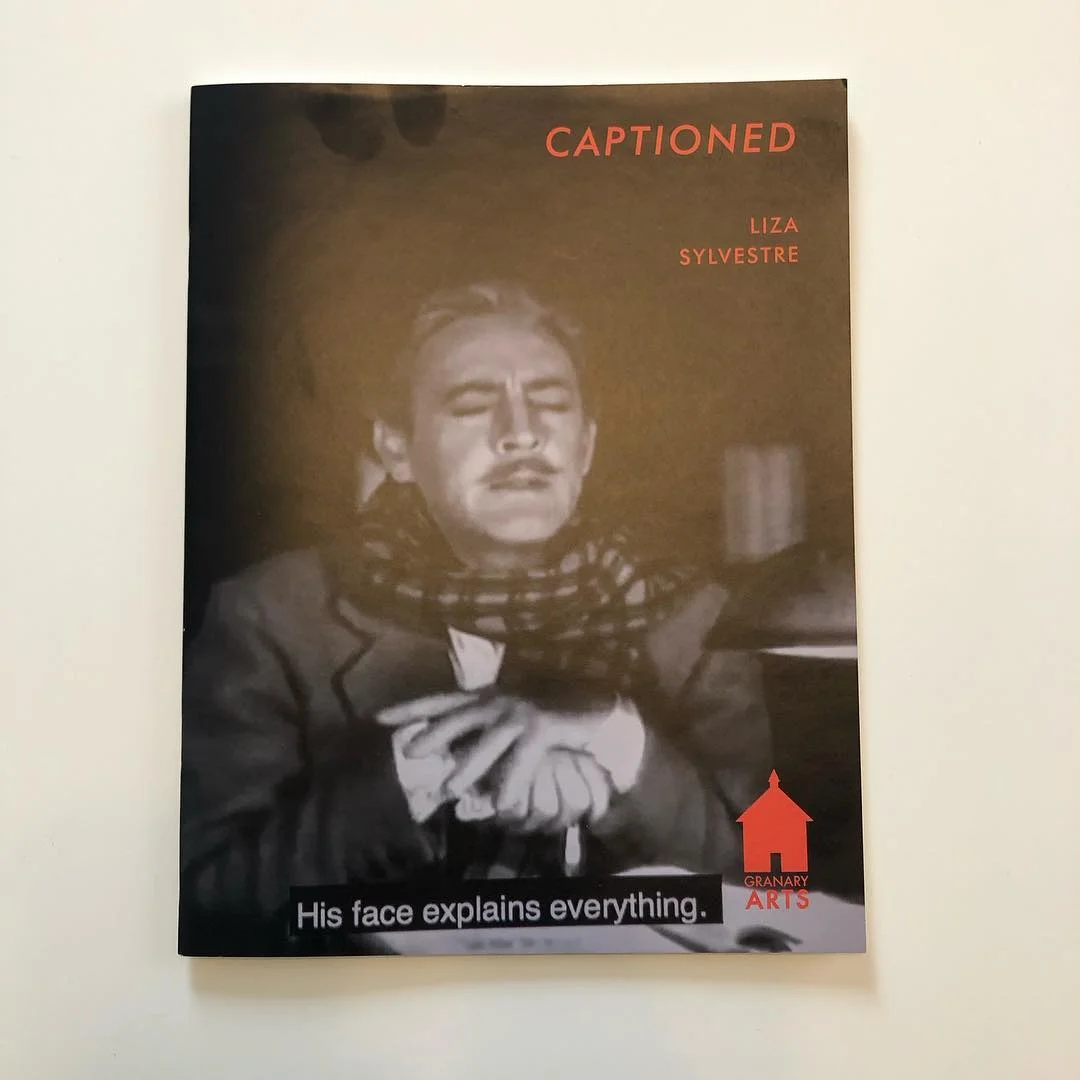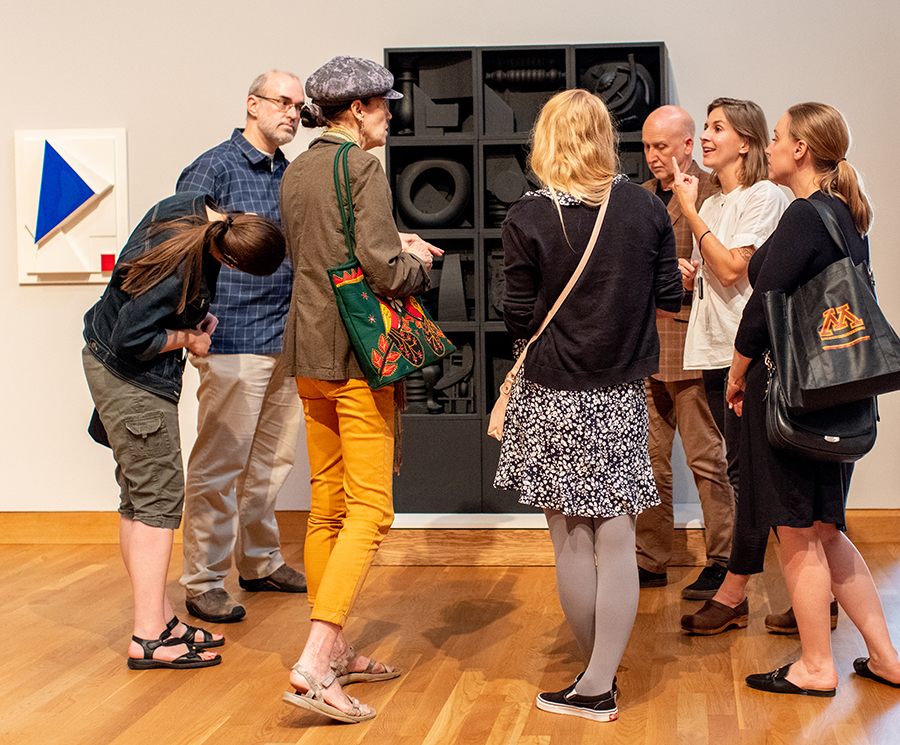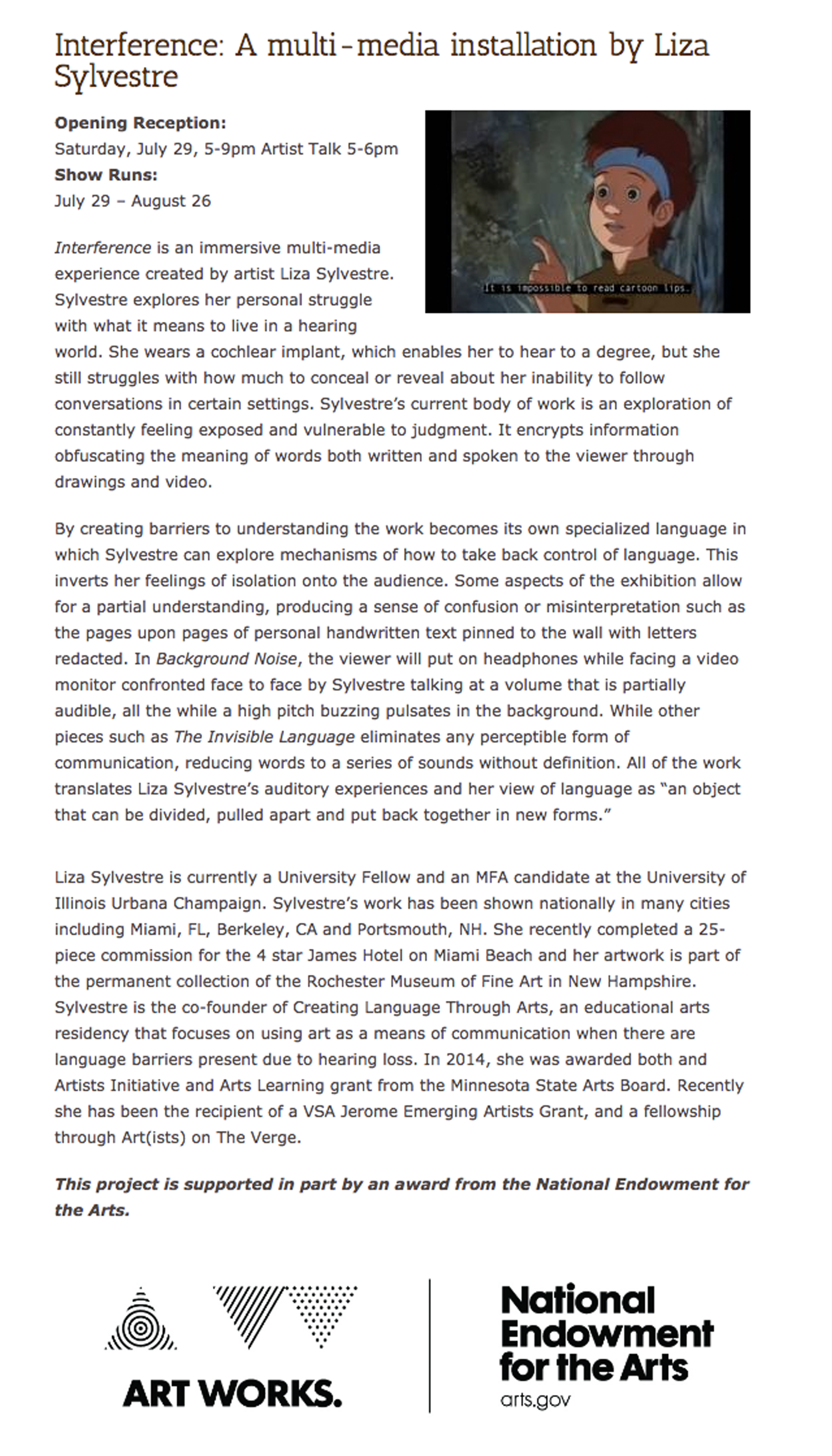Opening Saturday, July 1st, 5-8 PM
Between the Sky and the Earth
Featuring works by Liza Sylvestre, Cory Imig, Karen Spiering, Preetika Rajgariah, Sue Kay Lee, Courtney Cross, and Dulcee Boehm, curated by Sharmyn Cruz Rivera.
Through August 5th.
At Roots & Culture
Roots & Culture Contemporary Art Center
1034 N MILWAUKEE
CHICAGO, IL 60642
HOURS
THU 4-7
FRI 4-7
SAT 12-6
or by appointment.
Opening reception and artists’ book release:
Saturday, July 1st, 5-8 pm
Between the Sky and the Earth considers the mutually constitutive nature of human identity and locality and how this relationship is critically informed by the production of space, culture, gender and language. Dealing with spatialized subjectivity is central to these artists’ work, who through visual poetics, site-specific intervention, and inquiries of materiality, point at desire as the axis of human’s relationship to land. Although Western civilization has corrupted this desire with its hunger for conquest, at its core this longing is rooted in the need to belong. The impetus to belong connects us to a network of spaces which, once organized, produce place. This longing illuminates humans fractured relationship to land and nature. The intensity of this divorce coupled with capitalist ideals “exacerbate the effects of the alienation and fragmentation in contemporary life” (Miwon Kwon). Yet, we question with urgency how our identity is bound to locality and how cultural production fits within globalization’s vision.
Liza Sylvestre’s work collapses language to destabilize content and amplify miscomprehension, exposing the fragility and vulnerability of communication. Preetika Rajgariah’s use of language is compromised by the textiles she uses, delving into politics of gendered materiality and exoticization. In Courtney Cross’ video the artist performs a long burial ritual that reunites the body with the earth, a meeting that may not signal death itself. Cory Imig’s intervened photographs subvert the space represented and propose an alternative version of the landscape. In a similar vein, Dulcee Boehm photographs of potholes pose the paradox of superfluous labor and how this transpires contemporary production of space. Sue Kay Lee’s textile sculpture shows different hand poses that conflate the politics of gesture and hermeneutics of non verbal communication.
The exhibition is accompanied by the publication of an artists’ book featuring work by the seven exhibiting artists and seven Chicago-based artists: Ruby Thorkelson, Carla Fisher Schwartz, Bobby Gonzales, Rami George, Danny Giles, Matt Brett, and Jessica Harvey.
Read More












